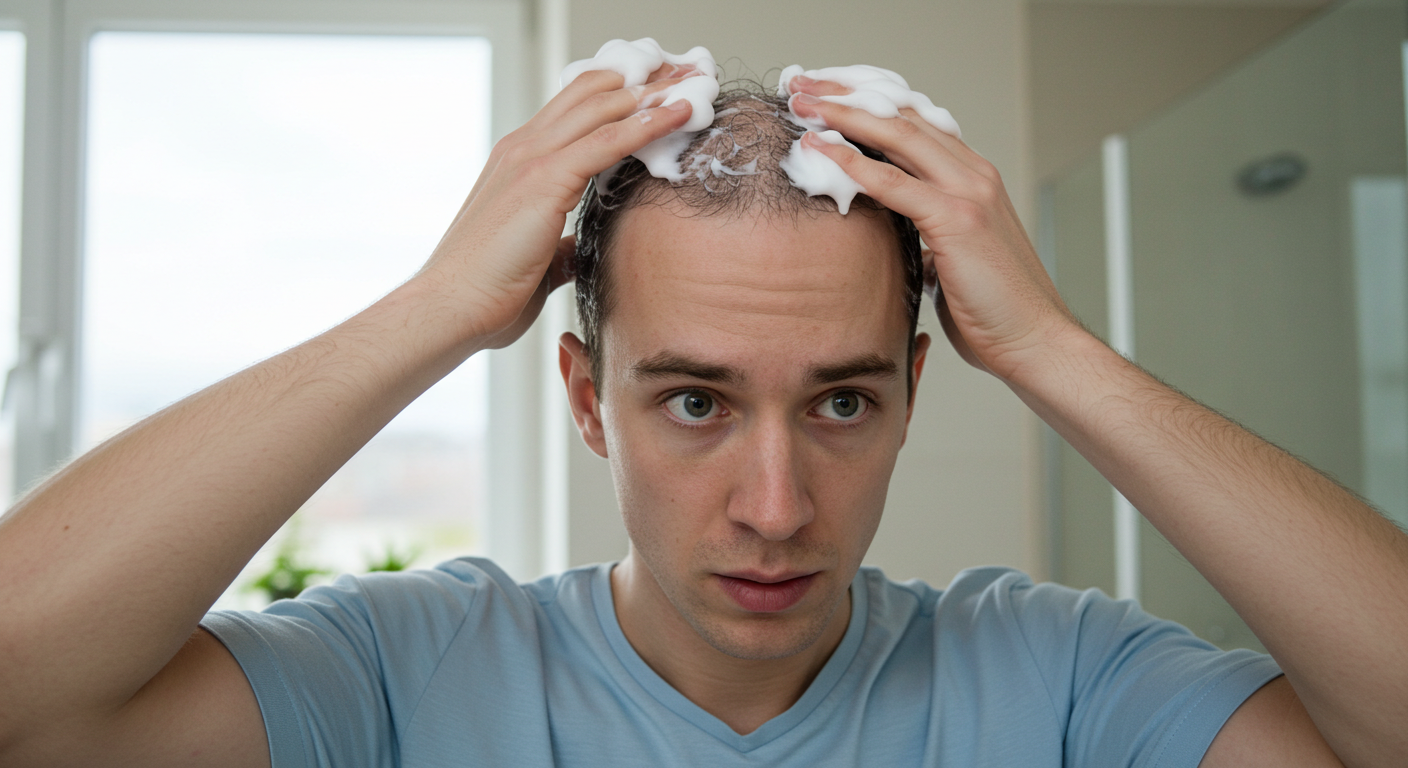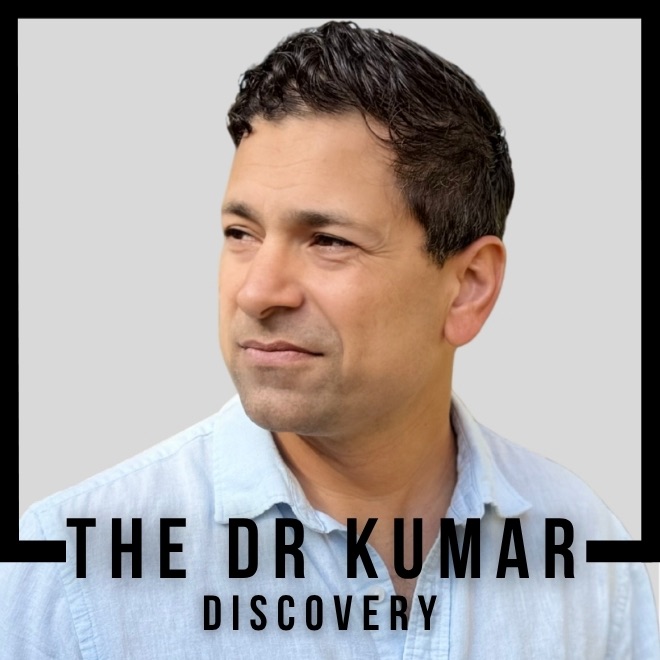Dr. Kumar’s Take:
A recent network meta-analysis suggests that among the available treatments for male androgenetic alopecia (AGA), 0.5 mg of oral dutasteride has the highest probability of being the most effective. The study ranks treatments based on total and terminal hair count improvements at 24 and 48 weeks, providing a clearer picture of what works best.
Brief Summary:
The study analyzed 23 trials comparing oral and topical minoxidil, finasteride, and dutasteride for male AGA. The results indicate that 0.5 mg/day of dutasteride outperformed all other treatments, followed by 5 mg/day of oral finasteride and 5 mg/day of oral minoxidil. Topical formulations of minoxidil were less effective but still beneficial.
Key Takeaways:
✔ Oral dutasteride (0.5 mg/day) ranked as the most effective treatment for increasing hair count.
✔ Oral finasteride (5 mg/day) and oral minoxidil (5 mg/day) showed strong efficacy.
✔ Topical minoxidil (5%) provided moderate improvements but was less effective than oral treatments.
✔ The study provides comparative insights but lacks long-term safety data for high-dose minoxidil and dutasteride.
Study Design:
This meta-analysis compiled data from 23 studies, including randomized controlled trials and observational studies. Researchers evaluated changes in total and terminal hair count at 24 and 48 weeks to rank the treatments.
Results:
✔ Dutasteride (0.5 mg/day) had the greatest total hair count increase at 24 weeks.
✔ 5 mg/day oral minoxidil was superior in increasing terminal hair count.
✔ 5 mg/day oral finasteride showed sustained improvement over 48 weeks.
✔ Topical minoxidil (5%) was effective but not as potent as oral options.
✔ Lower-dose minoxidil (0.25 mg/day) had the least effect.
Understanding the Treatments:
Dutasteride
Dutasteride inhibits both Type I and Type II 5-α reductase enzymes, making it more effective than finasteride, which only inhibits Type II. Though not FDA-approved for hair loss in the U.S., it is widely used off-label and approved in Japan and South Korea.
Finasteride
Finasteride is FDA-approved for hair loss at 1 mg/day, but this study shows that 5 mg/day may be more effective. However, higher doses may increase the risk of side effects such as sexual dysfunction.
Minoxidil
Minoxidil’s mechanism is unclear, but it is thought to increase blood flow and prolong the anagen (growth) phase of hair follicles. Oral formulations showed higher efficacy than topical ones, likely due to better adherence and systemic absorption.
Related Studies and Research
Pharmaceutical treatments play a central role in combating androgenetic alopecia. To explore additional treatment strategies, see:
- Androgenetic Alopecia Treatments: A Comprehensive Review – A complete breakdown of available treatment options.
- Low-Level Light Therapy: A Non-Pharmaceutical Approach – Investigating the potential synergy between light therapy and drug-based treatments.
- Microneedling for Hair Growth: Enhancing Drug Absorption – How microneedling can improve the efficacy of minoxidil and finasteride.
- Saw Palmetto for Hair Growth: Natural DHT Reduction – Analyzing whether saw palmetto can act as a natural alternative to DHT blockers.
Frequently Asked Questions:
Which hair loss treatment is the best?
According to this study, 0.5 mg/day of oral dutasteride is the most effective, followed by 5 mg/day of oral finasteride and oral minoxidil.
Is oral minoxidil better than topical minoxidil?
Yes, the study suggests that 5 mg/day of oral minoxidil is more effective than 5% topical minoxidil, possibly due to better absorption and systemic effects.
What are the risks of dutasteride and finasteride?
Both drugs can cause sexual side effects, including decreased libido and erectile dysfunction. Dutasteride has a longer half-life, meaning side effects may persist longer than with finasteride.
Should I take 5 mg of finasteride instead of 1 mg?
Although 5 mg showed better results, the standard FDA-approved dose is 1 mg/day, which balances efficacy and side effects.
Conclusion:
When treating androgenetic alopecia, the choice between minoxidil, finasteride, and dutasteride should be personalized based on the patient’s specific needs, medical history, and risk tolerance. While minoxidil offers a topical option with fewer systemic side effects, finasteride provides effective hormonal management for many patients. Dutasteride, though more potent, carries increased risk and should be reserved for cases unresponsive to other treatments.
For optimal results, combination therapy utilizing multiple mechanisms of action often yields superior outcomes compared to monotherapy. As with any medical treatment, patients should work closely with healthcare providers to monitor efficacy and manage potential side effects.


